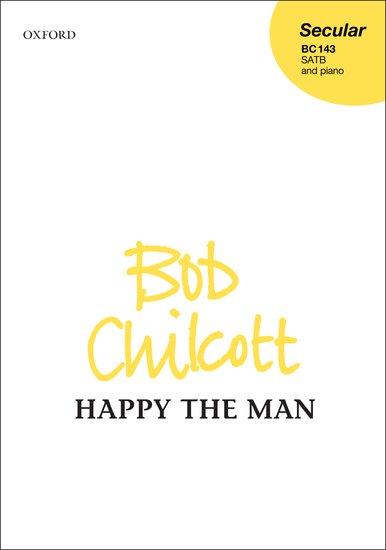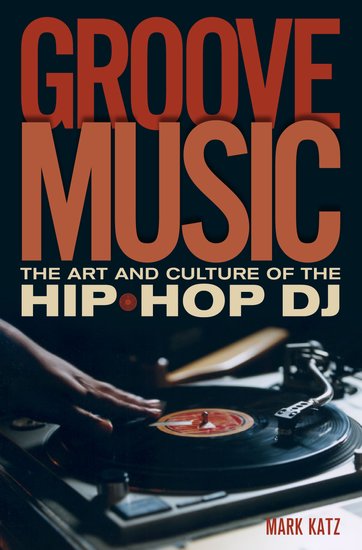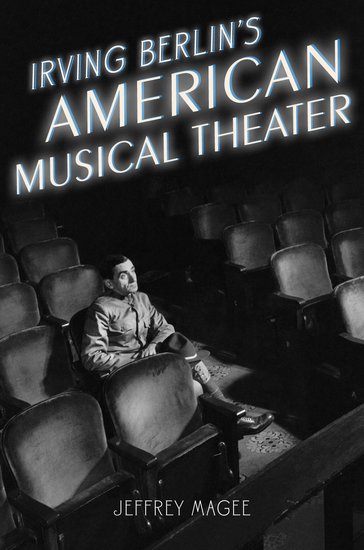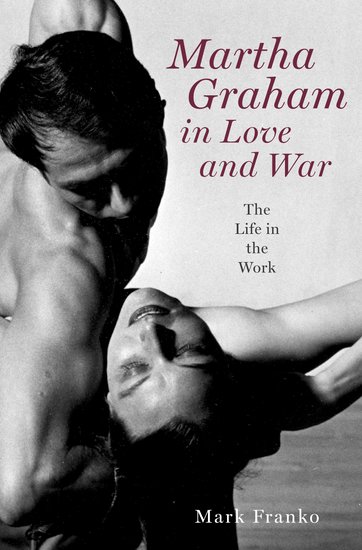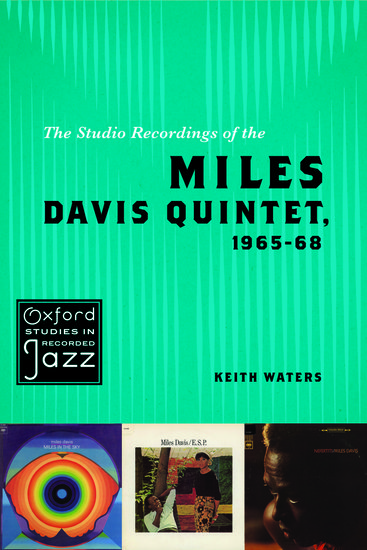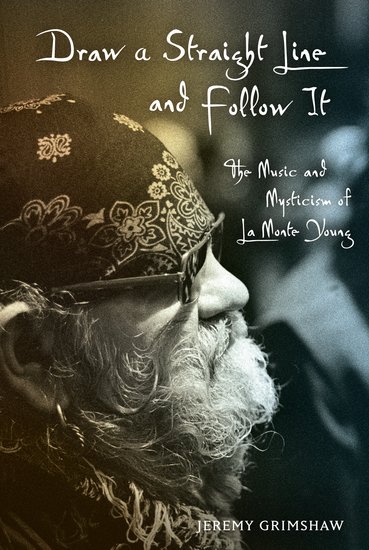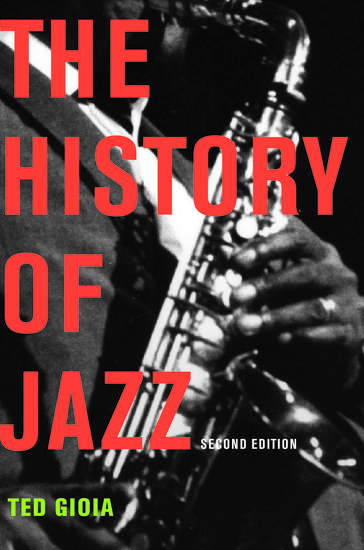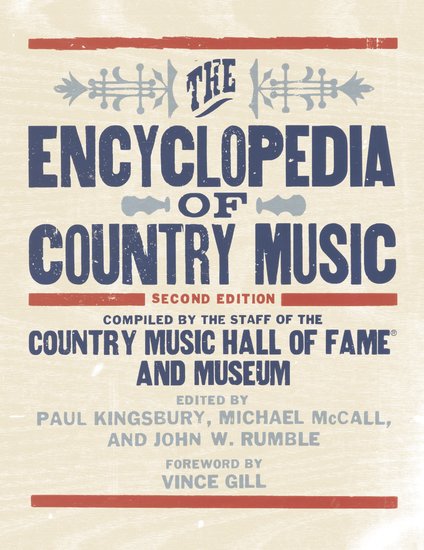On hearing compositions for the first time
Bob Chilcott is one of the most active choral composers and conductors in Britain today. His 2012 conducting schedule will take him to Poland, Denmark, Spain, Germany, China, Japan, USA, and Canada, as well as to the Royal Albert Hall for the premiere of “The Angry Planet” at the BBC Proms. He spoke to us about hearing his compositions for the very first time and the different qualities that international choirs bring to his music.

